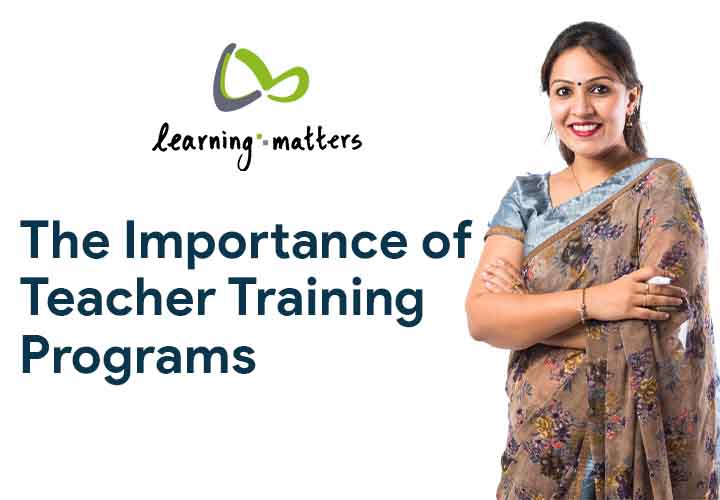3384 Insights
Your go-to source for trending news and information.
When Lesson Plans Go Wrong: A Teacher's Guide to Surviving Train Wrecks
Discover how to turn teaching disasters into valuable lessons with our essential guide for teachers facing classroom chaos!
Top 5 Reasons Lesson Plans Fail and How to Fix Them
Creating effective lesson plans is essential for successful teaching, yet many educators find themselves grappling with the reasons why their plans fall short. Here are the top 5 reasons lesson plans fail:
- Lack of Clear Objectives: When lesson plans do not have specific, measurable objectives, it becomes difficult for students to understand what they are expected to learn.
- Inflexibility: Sticking too rigidly to a lesson plan can hinder learning, especially if students are struggling with certain concepts.
- Insufficient Resources: Without the right materials or technology, teachers may find it challenging to deliver engaging and informative lessons.
- Poor Timing: Allocating too much or too little time for each activity can disrupt the flow of the class.
- Neglecting Student Engagement: A lack of interactive or participatory activities can lead to a disinterested classroom environment.
To combat these issues and ensure lesson plans are effective, consider the following solutions:
- Define Clear Objectives: Start by setting clear, achievable goals that align with curriculum standards.
- Be Flexible: Be prepared to adapt your lesson based on student responses and needs, allowing for necessary detours when deeper understanding is required.
- Gather Resources Ahead of Time: Plan and secure any materials or technology that will support your lesson to avoid interruptions.
- Practice Time Management: Construct a timeline for each segment of your lesson, but stay adaptable to the pace of your class.
- Incorporate Engaging Activities: Use a variety of teaching methods, such as group work, multimedia, and hands-on tasks, to keep students engaged and active in their learning.

What to Do When Your Lesson Plan Falls Apart: A Step-by-Step Guide
It’s a challenging moment when you realize your lesson plan has fallen apart. The first step is to take a deep breath and remain calm. Assess the situation by reflecting on what went wrong. Whether it's technical difficulties, unmanageable classroom behavior, or an unexpected event, identifying the cause can help you regain control. Once you've pinpointed the issue, quickly brainstorm alternatives. Consider adapting your materials or modifying activities to better suit the current environment. Remember, flexibility is key!
Next, communicate with your students. Being transparent fosters trust and helps them understand the shift in plans. Use this opportunity to engage them in a discussion about alternative activities or topics that interest them. Incorporate their ideas into your revised plan—this not only adds a collaborative element but also encourages buy-in from the class. Finally, document what happened and how you addressed it for future reference. This reflection will enhance your teaching skills, preparing you for inevitable challenges down the road.
How to Turn a Teaching Disaster into a Learning Opportunity
Teaching can be a rewarding yet challenging profession, and sometimes things don't go as planned. A lesson that falls flat can feel like a disaster, but it can also serve as a powerful learning opportunity. The first step in turning a teaching disaster into a fruitful experience is to reflect on what went wrong. Was it the lesson plan, the engagement of the students, or perhaps an unforeseen circumstance? By examining these aspects, educators can gain valuable insights that inform their future strategies and methodologies. Learning from failure is crucial in the teaching world, and acknowledging these moments can set the foundation for improved techniques.
Next, it’s essential to communicate with your students about the experience. A simple discussion can help everyone process the event and recognize that even professionals experience setbacks. Encourage your students to share their thoughts on what could be improved. This collaborative approach not only fosters an open learning environment but also empowers students to take ownership of their education. In doing so, you turn a negative experience into a positive dialogue, illustrating that learning opportunities abound in every situation, even the most challenging ones.